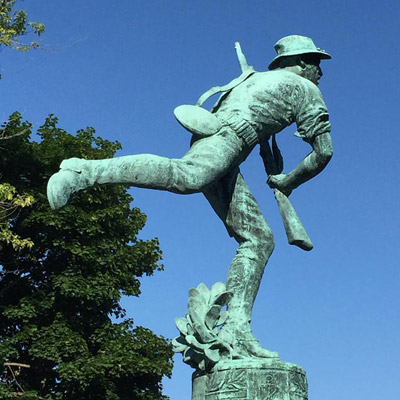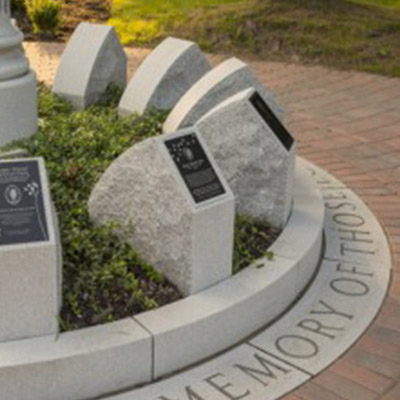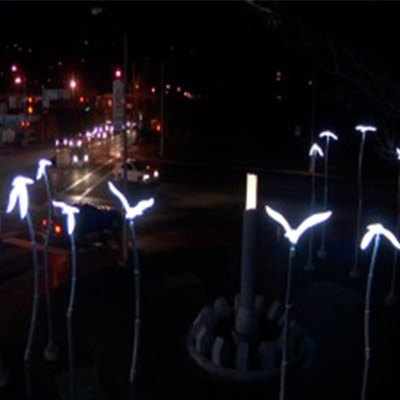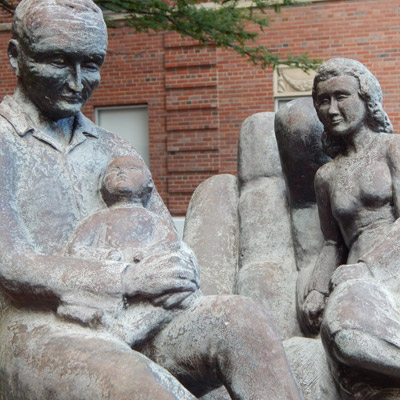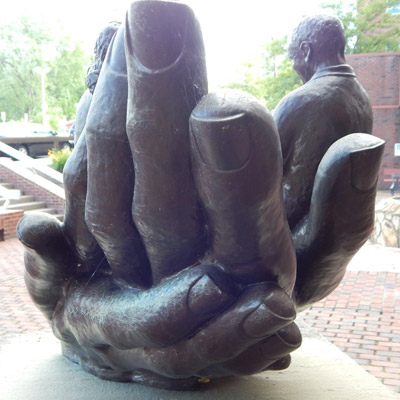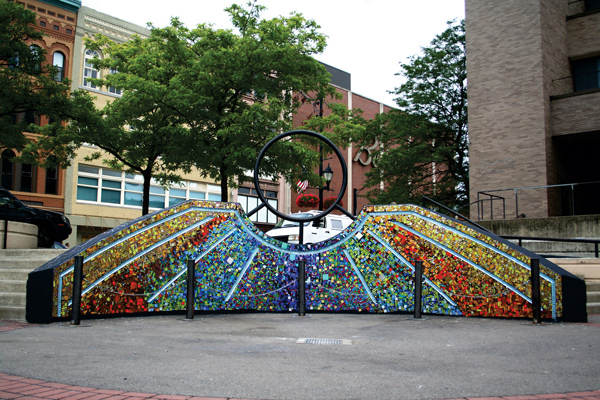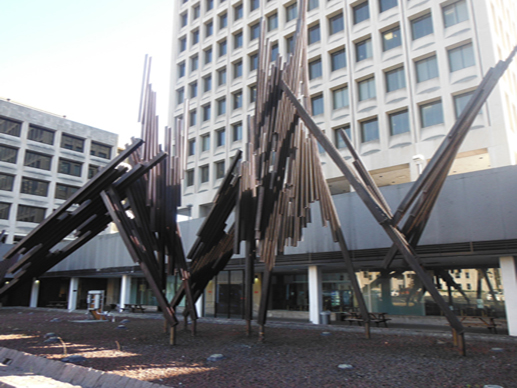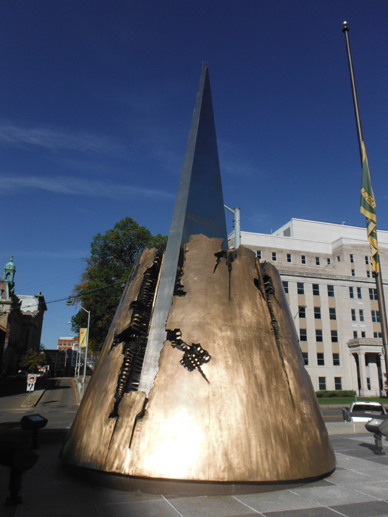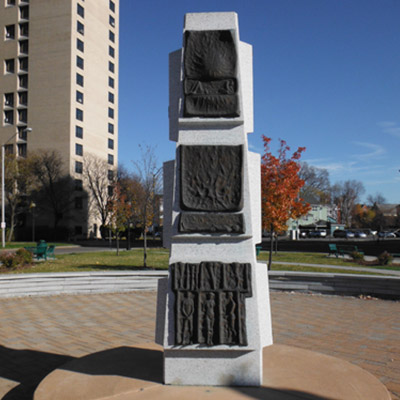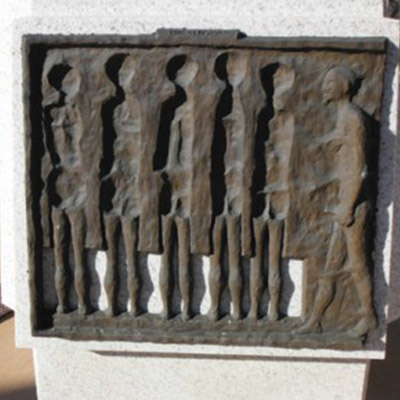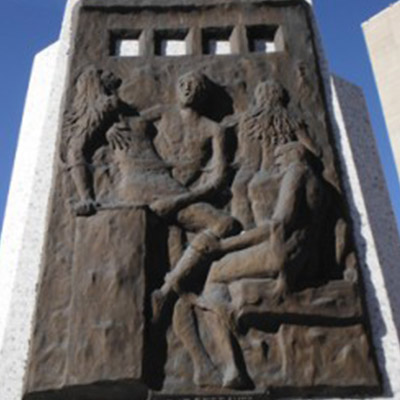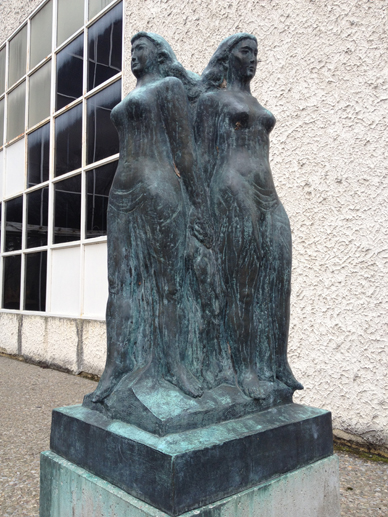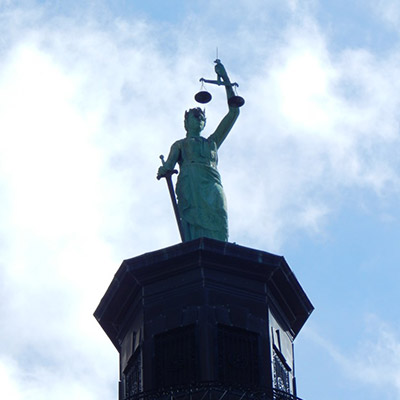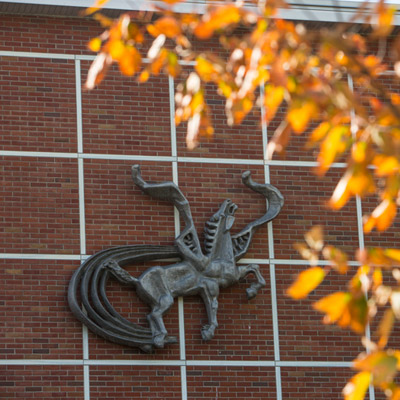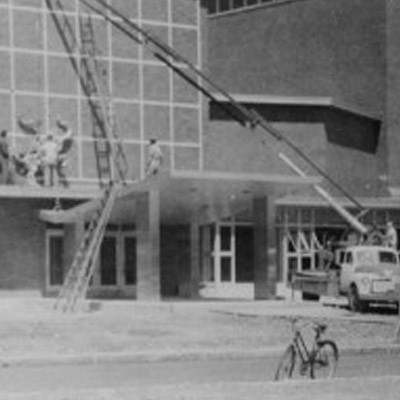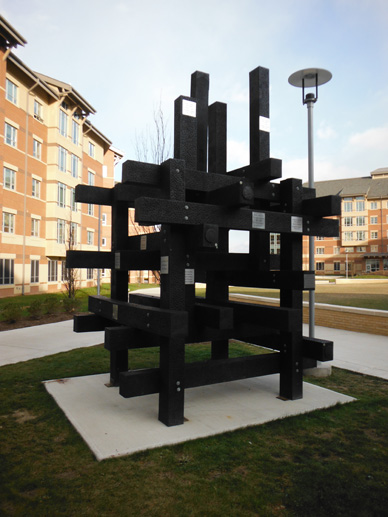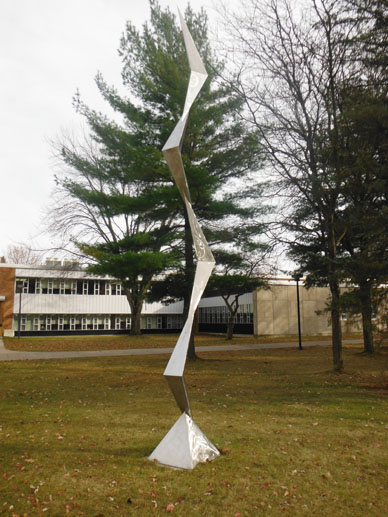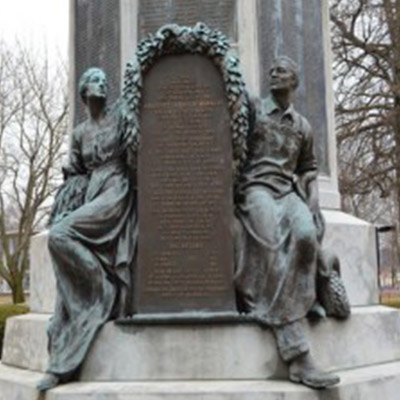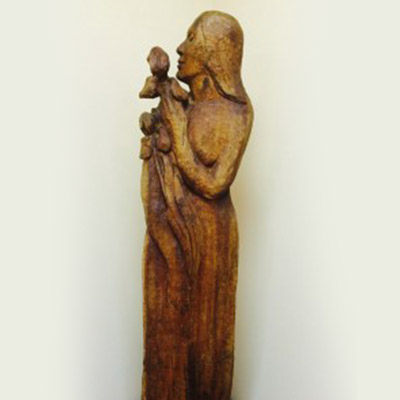Reviewed by Tony Villecco
I admit I had some trepidation when I heard that a community theater group was attempting Master Class, Terrance McNally’s ode to his muse, Maria Callas. Any uncertainty was dissipated by a riveting presentation given in Owego by the Ti-Ahwaga Community Players.
Director James Osborne assembled an excellent cast and orchestrated a more than commendable production. As opera diva Maria Callas, Andrea Gregori was magical. Not only did she have the “look” of Callas, she used her hands (as Callas did) as an extension of herself, creating a vivid and, oftentimes, haunting portrayal of the troubled diva. From her entrance to the flashback sequences to the pointed tongue lashing directed to her students, Gregori proved she was a force to be reckoned with.
And while this is a loving tribute to “La Divina,” it also is a play about the actual master class that Callas offered to aspiring singers at the Julliard School in 1971. And these singers were better than good. As the poor whiplashed accompanist Maddie, Heather Ingraham stood her ground with the maestra while probably wondering what the heck she had gotten herself into. A fine pianist, she played the difficult Verdi and Puccini arias with ease.
As Sophie, soprano Jana Kucera was the epitome of the”wannabe” opera singer who really had no clue what it all meant. Sadly for us, she never gets to complete the gorgeous Bellini aria “Ah! non credea mirarti,” but, as Callas spoke the aria for her, we realized what it takes to be a sincere and committed artist.
Joe Brainard played Tony, the somewhat egocentric tenor who just wants to sing and be like his idol, Mario Lanza. Callas soon breaks him down too as he realizes there is so much more to making real art while interpreting the challenging “Recondita armonia” from Puccini’s Tosca. (Tosca was one of Callas’s most acclaimed roles.) When Tony finally understands his role as an artist, the moment was palpable.
Maria Aimoniotis as Sharon was not only a fine actress but a credible Verdi soprano. In Sharon’s attempts to reconcile both her admiration and dislike for Callas, she too is changed although we never got the sense of whether it makes a difference to her. The incredibly difficult aria “Vieni t’afretta” from Verdi’s Macbeth (also a Callas specialty) was a torture chamber for both student and teacher, who recalls her own glorious past, again and yet, again.
As the carefree and “could care less” stage hand, Joe Schmieg was very funny in his dealings with Callas the teacher, Callas the Monster.
This production used some images of the real Callas throughout her turbulent life and career paired with actual recordings of “the voice.” One is brought to a vivid realization with regard to the absolute artistry of Callas and just what made her such an iconic figure as titillating today as she was 50 years ago.
But the show is Gregori’s. She has honed and sculpted a fiery and memorable impersonation of the great Maria Callas, one with which, I think, the diva herself would be willing to share the spotlight.

